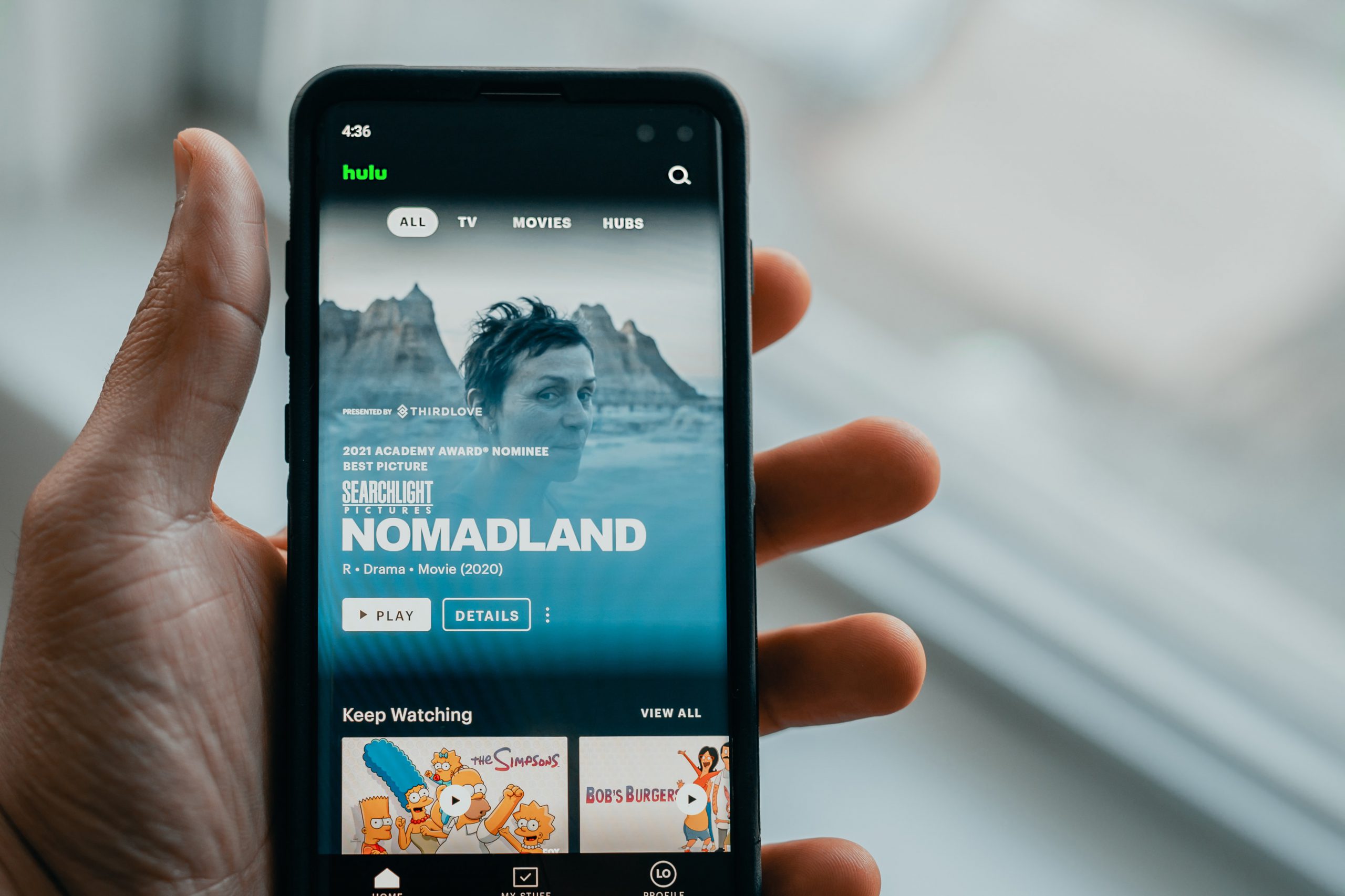
This article is part of #TheBigeyeLens series exploring the future of consumer behavior, purchasing decisions, and marketing trends.
Americans first learned to love watching TV way back in the 1950s, and some folks still refer to that time as the Golden Age of TV. Even during today’s digital age, people still spend a lot of time watching dramas, comedies, documentaries, the news, and other kinds of TV shows. At least, Nielson recently reported that the average U.S. adult consumes over five hours of video content every day. OTT advertising offers brand the opportunity to reach niche, captive audiences.
How do People Consume TV Shows in 2021?
Of course, the way people consume TV programs has changed a lot in the past few decades. As an example, in the 1950s, some businesses closed and people stayed home to catch the latest episode of “I Love Lucy.” Today, TV watchers hardly ever need to restrict themselves to “appointment TV” because they can catch shows whenever it’s convenient for them.
In fact, the number of 18-to-34-year-olds who watched traditional TV dropped by over 23 percent in the third quarter of 2020 when compared to the previous year. Viewers, especially younger ones, tend to use over-the-top (OTT services) and connected TV (CTV) services to stream their favorite shows whenever they want to. And judging by the statistics, they still want to watch a lot of TV.
Before discussing how OTT advertising and CTV can benefit advertisers, it’s helpful to understand that they are both similar but not exactly the same. For some quick definitions:
• OTT: This stands for over-the-top TV, and it refers to streaming services that serve content directly via the internet. Some well-known examples of OTT TV services include Netflix and Hulu. Viewers might access these apps on their laptops, smartphones, or even internet browsers on their smart TV sets.
• CTV: CTV stands for connected TV. It refers to content viewed through internet-connected, streaming apps on smart TVs, plug-in devices like Roku or Chromecast, and even gaming consoles.

How CTV and OTT Services Benefit Smart Advertisers
One might say it’s a new Golden Age of TV for TV fans and marketers. For some examples:
• In the early decades, TV advertisers could only cast a wide net and expect to engage a tiny fraction of the viewers of a popular program. People didn’t have that many shows to watch, so most popular shows attracted large but general audiences. Today, viewers have plenty of choices, so the shows that they watch may attract particular demographics.
• Since viewers often have to play the ads to keep watching their programs, advertisers can also enjoy very high engagement when compared to many other placements for video ads. For instance, internet users may simply mute or ignore the video ad on a website or social network; however, they’ll generally play through the ads included in TV-type programming to resume the show.
Today, more viewing choices and platforms capable of gathering data about viewers mean that a CTV or OTT advertising agency can send exactly the right message to the perfect audience. An experienced OTT and CTV media agency would advise its clients to take advantage of the information they have about their own customers and how it aligns with data provided by OTT advertising and media buying services in a few important ways:
Gain an Understanding of the Intended Audience and the Media They Prefer
Start developing brand personas from market research, customer information, outsourced marketing data, and/or industry demographics. These snapshots of typical customers should help uncover the type of content they enjoy and how they prefer to have it delivered.
For some examples:
• Is the brand’s typical customer a Boomer who occasionally logs into Hulu, a cord-cutting Millennial with a high-end smart TV, or a Gen Z who mainly streams on a smartphone?
• Are they likely to prefer major league baseball, true crime documentaries, or made-for-cable dramas?
Answering these questions will help determine the best platforms to target and the slant to use when crafting advertising content.

Exercise Creativity to Enjoy the Full Benefits of New Media Platforms
With so much power to understand viewers and the type of content that engages them, marketers should use their information and creativity to craft the sort of content that can also engage users.
As one example, Hulu is a popular OTT platform that displays advertising to members at some service levels. Hulu suggests answering a few questions to help develop the best ads:
• Has the brand already generated awareness? New brands need to work harder to educate their audience. In contrast, a well-known brand may need to invest effort in changing the audience’s perceptions.
• What’s the typical buying process? Some products may benefit from impulsive purchases, but other products generally need to coax customers through their journey. Either way, it’s important to develop content that will help move customers along in the intended step in the buying process.
• Which advertisement lengths best serve goals? On platforms like Hulu, ads can range from 15 seconds to a few minutes. Short, punchy ads can be memorable and help develop brand recognition, but longer ads give marketers time to provide more information. As a tip, Hulu mentioned that their highest performing short ads focused on branding in almost every frame. In contrast, longer ads could focus on storytelling.
A Successful OTT Advertising Example
There’s not one right way to develop an OTT or CTV ad that would apply to every marketing campaign. Still, a CTV or OTT advertising agency will certainly want to gain inspiration from successful examples of high-performance ads.
For instance, like many companies, Bassett faced pandemic-related business issues that forced them to reduce and optimize their overall media budget. At first, some marketers might not think that a 120-year-old furniture company would make a good candidate for new media.
This example of a Bassett advertisement showed how they use a 30-second spot to tell their brand’s story in the words of actual furniture makers. The company replaced their entire traditional TV budget with only OTT ads. This campaign helped them sustain sales and even traffic to brick-and-mortar Bassett stores.
Optimize, Test, and Tune
As with almost any kind of marketing, great CTV and OTT campaigns are typically made and not born. That means that an experienced CTV and OTT media agency will expect optimal performance after periods of testing and tuning messaging and audiences.
On the positive side, sophisticated platforms can help track relevant metrics, even including visits to physical locations and eCommerce websites. Some examples of the metrics commonly provided on self-serve advertising platforms include impressions by network, day, and device, completion rates, click rate,
Work with an Experienced CTV and OTT Advertising Agency
Here at Bigeye, we appreciate TV’s power to inform, educate, and entertain. Of course, we also work hard to maximize TV’s potential to grow our client’s business with the right audience targeting, content format, and media placement. Contact us to tell us more about your brand, and we’ll let you know how we can help optimize your experience with OTT and connected TV buying services.



